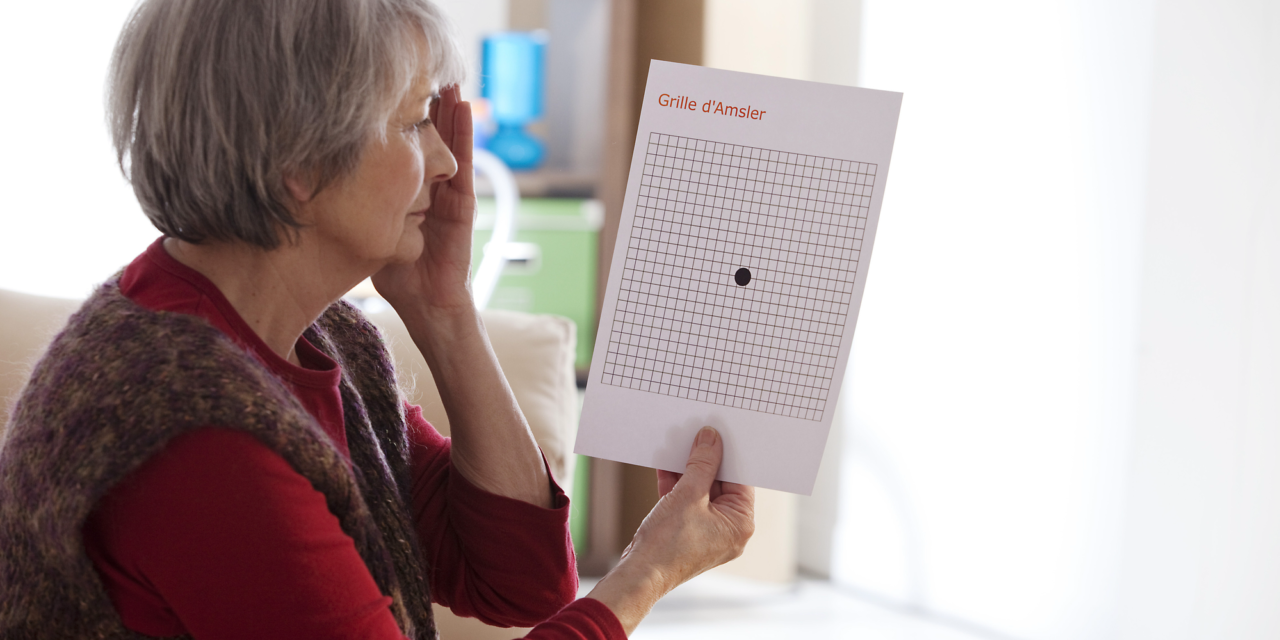Courtesy of Legarreta Eye Care
According to the National Eye Institute (NEI), age-related macular degeneration (AMD) is an eye disease that can blur your central vision. AMD is caused by damage to the macula, the light-sensitive tissue at the back of the eye, called the retina, that controls sharp straight-ahead vision.
AMD is quite common and happens slowly in some people and faster in others. There are two main types or stages of AMD — dry AMD, the most common form, and wet AMD, which affects 10% of patients, and causes more damage more quickly. Risk factors include age, smoking, family history, being female, a fatty diet, elevated cholesterol, hypertension, cardiovascular disease, and obesity.
Symptoms of AMD often vary. Early warning signs include a gradual loss of ability to see objects clearly; gradual loss of color vision; distorted or blurry vision; seeing straight lines that appear bent, crooked, or irregular; a dark or empty area appearing in the center of vision; and seeing sizes of objects differently for each eye.
Your eye doctor will check for AMD as part of a comprehensive dilated eye exam. During a simple painless exam, your doctor will insert eye drops into your eyes to dilate your pupils to check for AMD and other eye problems. Your doctor may also perform a test called optical coherence tomography (OCT) using a special machine to take pictures of the inside of your eye. There is no treatment for early AMD, but eating healthy, getting regular exercise, and quitting smoking can help.
If you are diagnosed with intermediate AMD in one or both eyes, your doctor may recommend special dietary supplements to keep the disease from progressing. Your doctor may also recommend new prescription eyeglasses and schedule regular eye exams to monitor changes in your vision. Intravitreal injections administered monthly also typically help improve and maintain visual acuity for most patients. A laser beam can also be focused on the retina to treat wet AMD to seal or eliminate any leaking blood vessels. If permanent vision loss is a possibility, special glasses or low vision equipment like magnifiers and bright light may be helpful. Talk to your doctor about the best treatment options for you.
Not everyone with AMD develops late AMD or gets it in both eyes. But if you do, living with vision loss from AMD can be challenging. The good news is, there are things that can help, such as low vision devices and vision rehab services, which can help you remain independent while living with low vision.
Learn more at https://legarretaeye.com/age-related-macular-degeneration, or see https://legarretaeye.com/locations to call and make an appointment.












